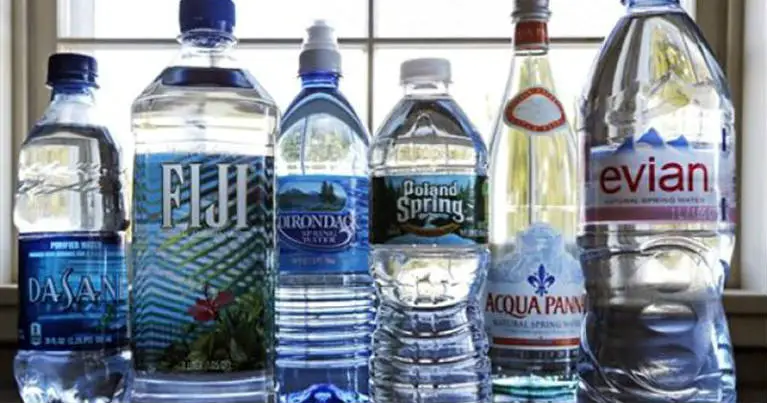It seems that modern consumers have learned from the mistakes from the past. There is a growing interest in plastic products that don’t contain the chemical that was once regularly used in them – BPA or bisphenol-A. This hormone is known for its ability to disrupt hormonal balance. This practice of modern consumers has resulted in changes, related to the way drinks, food and water bottles, cans and boxes are made.
However, a recent study conducted in Germany has confirmed that plastic products used by most food and drink manufacturers still contain hundreds of different possibly dangerous chemicals that can be transferred to the products stored in them. These chemicals include the chemical EDC also known as 2-ethylhexyl fumarate or simply DEHF. This chemical is not regulated by the law and experts suggest that it has the ability to disrupt endocrine balance.
These chemicals include the chemical EDC also known as 2-ethylhexyl fumarate or simply DEHF. This chemical is not regulated by the law and experts suggest that it has the ability to disrupt endocrine balance.
The scientific study performed by Martin Wagner and his partner Jorg Oehlmann (both work at the Goethe University in Frankfurt, Germanu) together with a group of scientists from the Federal Institute of Hydrology in Germany, has come up with these results after performing tests on more than 15 bottled waters produced by different manufacturers when they were looking for EDCs.
They have used a mix of measurement of the concentration of substances and their effects on cells and sophisticated mass spectrometry. The final result was detection of more than 24.000 chemicals in the water.
However, their most shocking finding was the presence of DEHF. This chemical is used by manufacturers in order to increase the flexibility of bottles. The study has shown that DEHF has managed to transfer itself to the water which ultimately lead to irregular estrogenic activity.
Even though there were thousands of possibly harmful chemicals, it was obvious that only DEHF have the ability to cause these negative effects.
[thrive_link color=’blue’ link=’https://www.healthandlovepage.com/bottled-water-markings/’ target=’_blank’ size=’big’ align=’aligncenter’]Why You Should Worry About the Markings on the Bottom of a Bottled Water?[/thrive_link]
The scientific study that was recently published suggests that more than 70% of tested bottled water products have shown noteworthy anti-estrogenic effects. And more than 90% of these products were able to inhibit the androgen receptors in the body.
In addition, the rest of the chemical particles except DEHF were trying to get involved in this activity, which suggests that they may also have negative impact on the hormonal system and activity in humans.
Thousands of chemicals that have negative effects on the endocrine system are used in plastic products
So, DEHF is not the only chemical to blame for the negative effects in the endocrine system although it has shown that it can damage the system. In addition, scientists have noticed that there is another chemical or even a combination of chemicals that transfer from the bottle to the water and create problems in the signaling system based on chemicals.
[thrive_link color=’green’ link=’https://www.healthandlovepage.com/printable-list-of-bottled-water-containing-fluoride/’ target=’_blank’ size=’big’ align=’aligncenter’]Printable List of Bottled Water Containing Fluoride[/thrive_link]
Via Alkaway
